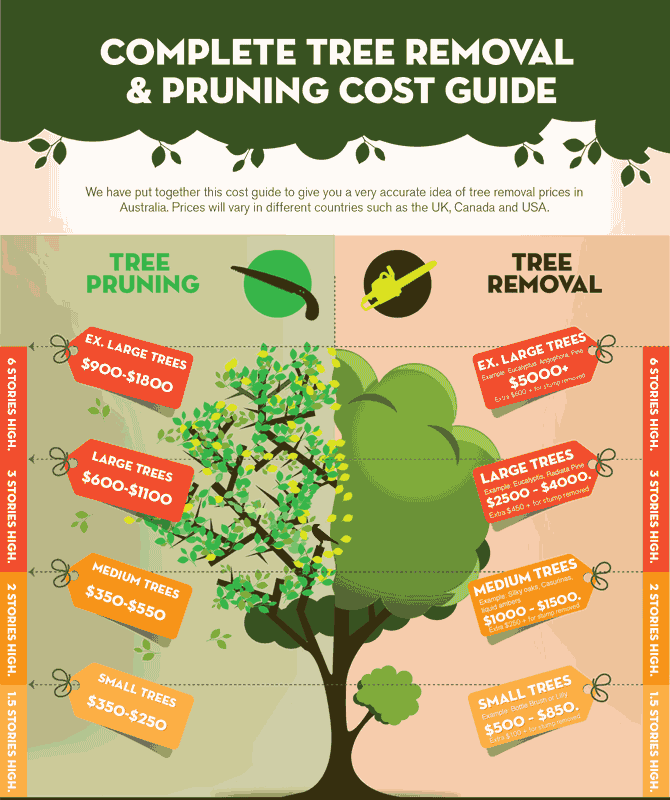Identify Vital Signals That May Suggest Your Tree Is Risky; Recognizing These Can Aid Ensure The Safety Of Your Residential Property And Loved Ones.What Should You Observe Following?
Identify Vital Signals That May Suggest Your Tree Is Risky; Recognizing These Can Aid Ensure The Safety Of Your Residential Property And Loved Ones.What Should You Observe Following?
Blog Article
Posted By-Troelsen Aagaard
When it pertains to tree treatment, acknowledging the indicators that it's time for elimination is vital for your safety and security and residential property. You might notice blemished leaves, wilting branches, or strange fungal developments suggesting health issue. Architectural concerns, like a substantial lean or fractures in the trunk, can likewise position risks. Comprehending these indication can help you make notified choices about your trees and avoid prospective dangers lurking in your backyard. What should you try to find following?
Indications of Decay and Condition
When you discover indications of degeneration and condition in your trees, it's vital to act rapidly. Seek tarnished leaves, wilting branches, or unusual developments like fungus. These can show that your tree is struggling.
If you see splits in the bark or soft, mushy timber, these signs recommend interior degeneration. Furthermore, an abrupt increase in parasites around your tree can signal that it's deteriorated and vulnerable.
Check for any type of dead or passing away limbs, as they pose a risk to your building and security. If you're uncertain concerning what you see, consulting an arborist can supply clarity.
Attending to these signs early can save you from extra substantial damage and guarantee the health of your backyard. Don't wait till it's too late.
Structural Instability and Leaning
As you observe your trees, watch out for any indications of structural instability or leaning. If a tree leans dramatically, it might show that the origin system is compromised.
Search for any type of fractures in the trunk or soil around the base; these can signal prospective failure. In addition, check for uncommon development patterns, like a lopsided crown, which may recommend that the tree is battling to hold itself upright.
If you see that the tree leans toward your home, power lines, or various other structures, it presents a better risk. Don't ignore these indications-- seek advice from an arborist to assess the circumstance.
Taking action early can prevent expensive damage and ensure your security.
Dead or Perishing Branches and Foliage
If you see dead or dying branches and vegetation on your tree, it's a clear indication that something's incorrect.
These harmful locations can suggest underlying problems like condition, parasite invasions, or ecological anxiety. When branches lose their leaves or transform brown, they're no longer adding to the tree's health and wellness. Disregarding https://www.mysanantonio.com/real-estate/sellingsa/article/The-hottest-Texas-landscaping-trends-for-2020-15419087.php might lead to further decrease, making your tree extra dangerous.
Dead branches can conveniently break off during tornados, posturing a risk to property and people nearby. related resource site to assess the extent of the damage.
If the trouble influences a significant part of the tree, think about getting in touch with a specialist. They can help figure out if removal is essential to guarantee safety and maintain the elegance of your landscape.
Final thought
If you see any signs of degeneration, architectural instability, or dead branches on your trees, don't disregard them. These indicators can posture significant safety risks to you and your residential property. It's always best to seek advice from a professional arborist who can offer a specialist assessment of your trees. Doing view it now about it early can protect against crashes and expensive damage, ensuring your landscape continues to be secure and healthy. Keep in mind, it's much better to be aggressive regarding tree care than to wait for a catastrophe to take place.
